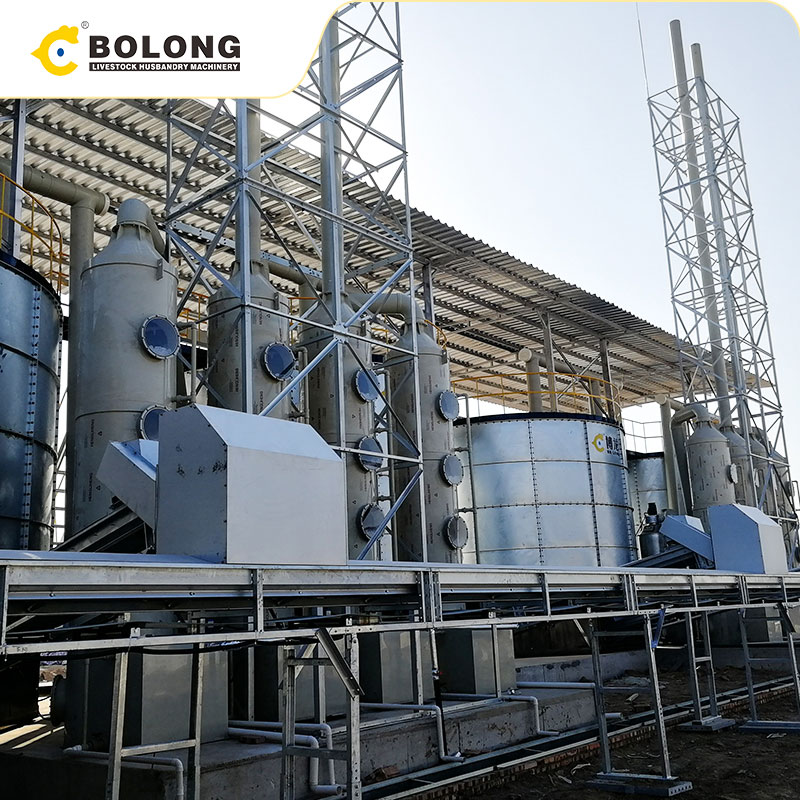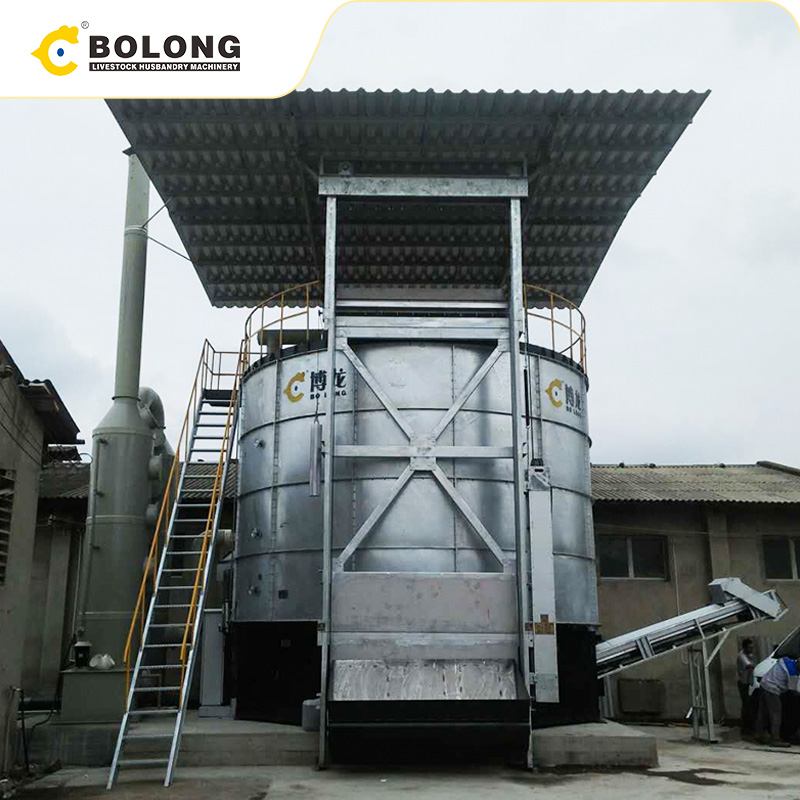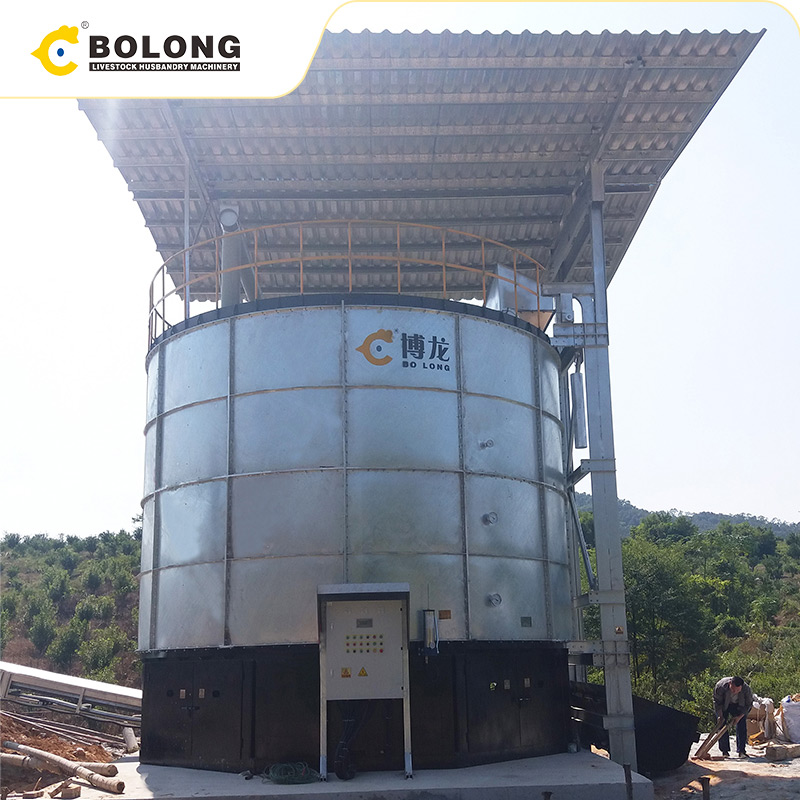In the domain of organic fertilizer production, the organic fertilizer composting machine stands as the pivotal equipment for the resourceful utilization of organic waste. Proficiency in its correct operating techniques is of utmost importance for ensuring the efficient functioning of the composting machine and the production of top – notch organic fertilizer. This not only enhances production efficiency but also curtails costs, thereby facilitating the growth of organic agriculture.
Body Examination:Prior to utilization, conduct a comprehensive inspection of the composting machine. Scrutinize the body for any signs of damage or cracks. A sound body ensures proper sealing, preventing material leakage and gas escape.
Stirring Device Check:Examine the stirring device meticulously. Ensure that the blades are free from deformation and looseness, and that the motor is operating smoothly. These factors directly impact the fermentation outcome.
Air System Verification:Simultaneously, verify the air system pipeline for any blockages and confirm that the fan is in proper working order, as this is crucial for oxygen supply during fermentation.
Collection and Pre – treatment:High – quality organic fertilizer is inseparable from appropriate raw materials. Once organic waste, such as livestock and poultry manure and crop straw, has been collected, it requires pre – treatment, with the straw being crushed.
Ratio Blending:Different raw materials should be blended at a carbon – nitrogen ratio of 25 – 30:1 to meet the growth requirements of microorganisms.
Microbial Agent Addition:Additionally, microbial agents can be introduced into the composting machine to expedite the fermentation process.
Uniform and Gradual Feeding:The feeding process should be uniform and gradual to avoid local material accumulation, which can disrupt the uniformity of fermentation.
Speed and Volume Control:Regulate the feeding speed to ensure that the materials are evenly dispersed within the composting machine. Maintain the feeding amount at 80% – 90% of the tank volume to allow room for material expansion and gas generation.
Moderate Speed Requirement:Regular stirring is essential for the composting machine. The stirring speed should be moderate. Excessively high speeds can damage the material structure and microorganisms, while overly slow speeds result in uneven mixing.
Stirring Purpose:The aim is to enable the material to have full contact with the microorganisms and promote the even distribution of heat, oxygen, and nutrients.
Ventilation Adjustment:Ventilation sustains the aerobic respiration of microorganisms. Adjust the ventilation volume promptly in accordance with the oxygen content and temperature variations within the composting machine. Increase the ventilation volume to dissipate heat and replenish oxygen when the temperature is high.
Ventilation Method Selection:The ventilation method can be selected from bottom, side, or top ventilation to guarantee the uniform distribution of oxygen.
System – based Control:Temperature is a crucial parameter and can be regulated by the heating or cooling system of the composting machine. Activate the heating device when the temperature is low and the cooling system when it is high.
Indirect Control Means:Temperature can also be indirectly controlled by adjusting the ventilation volume and stirring frequency.
Maturity Criteria:The material is ready for discharge when it reaches maturity. The determination criteria include a change in color to dark brown or black, a loose texture, the absence of a distinct odor, and a temperature drop to room temperature.
Cycle Variation:The typical fermentation cycle is approximately one week, but this may vary depending on the raw materials and fermentation conditions within the composting machine. Discharging too early leads to poor fertilizer efficacy, while discharging too late results in nutrient loss.
Storage Environment:The discharged organic fertilizer should be stored in a dry and well – ventilated area, shielded from direct sunlight and rain to prevent caking and nutrient depletion.
Further Processing:It can also undergo further processing, such as granulation and the addition of trace elements, to enhance its commercial value and applicability.

Mastering the operation skills of organic fertilizer composting machines, along with meticulous pre – operation preparations, precise fermentation control, and proper post – processing of discharged materials, is of great significance for enhancing fermentation efficiency and ensuring fertilizer quality. This helps to fully leverage the advantages of composting machines and supply high – quality fertilizers for organic agriculture. If you have any further queries regarding composting machines, do not hesitate to contact us. Our professional technical team is on standby to serve you at any time


